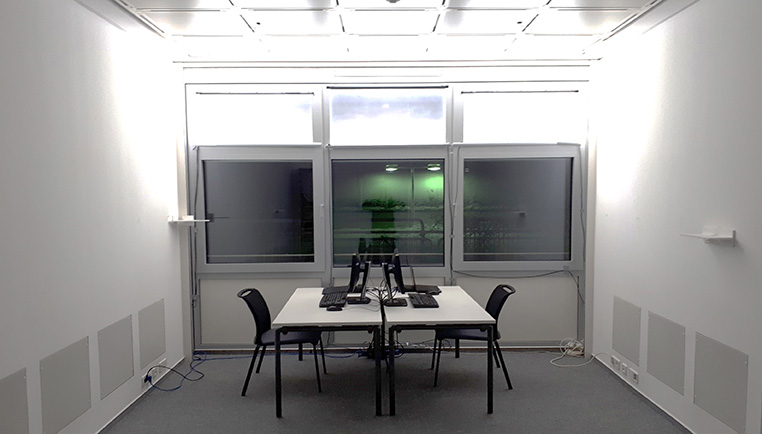
PACFAST enables the carbon footprint / LCA of packaging to be calculated efficiently.
Life cycle assessments are generally relatively complex and, depending on the objective and scope of study, call for a high level of expertise. Our collaboration with Institut cyclos-HTP has resulted in an important milestone on the way to calculating the carbon footprint (CF) of packaging quickly and efficiently. The application, called PACFAST (Packaging Carbon Footprint Fast and Standardised), uses an automatically generated file in CHI-RA that contains relevant packaging specifications for calculating the carbon footprint of the packaging in question.
more info





